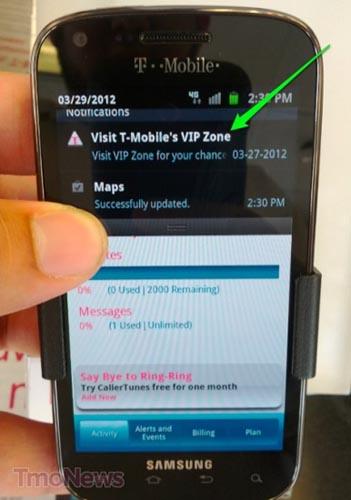
I love helping developers. They’re the ones that make our smartphones useful and entertaining. They're the ones who make applications like Pocket, Spotify, Plume, Camera+ and the other various apps that I love possible. Developers deserve just as much attention, support and love as the creators of the platforms themselves. (What would iOS be without the half-million apps in the App Store?)
Just as in any other profession, however, developers need money to continue doing what they're doing, building more apps and improving or maintaining the ones they already have. So, relatively frequently, I peruse application stores and purchase some recommended apps (by colleagues and readers) or the most intriguing applications that I can find.
But not every application is a paid app; some are 100 percent free and the rest are supported by ads, earning the developer a residual income based on impressions (views and/or clicks). Ad-supported applications often earn developers more revenue than their paid apps, simply due to the fact that paid apps are a one-time thing; once the user purchases the app, most updates (minor and major) are free. Ads, on the other hand, are usually displayed every time the user opens the application. Assuming the user doesn't use the application just once or twice, the developer can earn more money from that user over time than they would if the user had paid a one-time licensing fee of $1, $2 or even $5.
To be completely honest, in-app advertisements have never bothered me. Although they largely take from the high quality look and feel of the app, take up display space and are incredibly unsightly, they aren't all that intrusive (if used correctly). The developer still makes some income off of my use (when I accidentally click the adverts) at no real cost to me. It's a fair trade-off.
That said, there is one type of developer who I refuse to support: those who favor revenue over their users’ experience and cross a certain boundary with serving ads.
In most cases, mobile ads are found within applications, either tucked away at the bottom of the app, or intermittently showing full-screen. (Full-screen ads are used in Zynga apps, like the free version of Words With Friends or Hanging With Friends.) For any developer who has a conscience and values their users' privacy, that is the extent of the adverts their application will deliver.
Unfortunately, it doesn't end there.
Just over a month ago, T-Mobile goofed. Our network site TmoNews reported that the T-Mobile My Account app started serving T-Mobile ads to users' notification shades (pictured above) without warning. Immediately, the Web went berserk. T-Mobile support forums were littered with irate customers, along with Reddit and every comment section on every site that reported the story. T-Mobile quickly apologized for the mistake and the T-Mobile notifications ads stopped.
These notification bar advertisements didn't begin with the T-Mobile My Account app, though. Ad network airpush has been serving push notification ads to users' notification bars since early last year. SlingLabs was doing the exact same thing last year, but now seems to have dissolved. However, airpush has (and SlingLabs had) an opt-out service for those who wanted to put an end to notification ads.
Immediately after their arrival, the Android community made known their distaste for developers and ad networks using their notification shade as a billboard. I thought push notification ads were bad enough, that it couldn't get much worse and would go no further. Alas, I was wrong.
”You generate revenue from your entire installed base (and not just active users).”
Above is a quote by a new ad network, sellAring, who claims to offer a way for developers to make "real money" with their apps. Instead of serving visual ads, however, sellAring sends adverts in the form of audio ads that play, intermittently, when you place a call. Instead of ringing, you will hear various adverts while waiting for the person on the other end to pick up.
The hook is that sellAring pays higher eCPMs without degrading the users' in-app experience. They say:
"SellAring leverages an out-app method so it won’t degrade the user experience; this leaves your app looking as appealing as you designed it, lets you utilize the full screen size capabilities, and simply improves user experience and satisfaction."
They promise to play no more than two pre-call ads per day. And there is no opt-out option for users. If the developer chooses to use sellAring to serve ads, the only way for a user to opt-out is to uninstall the app.
No. Just no. This needed to end as a mere (and very poor) idea, before it ever began. This is invasive, sleazy and downright wrong. I am all for developers making money. The more they make, the better apps we all get. But ads should never extend beyond the app. They should never appear in my notification shade, nor should an audio ad be played in my ear when I'm calling my mother. Not once per day. Not twice per day. Not at all. Never.
The very second I hear an ad play instead on a ring or a ringback tone, I will uninstall the application and will probably never install or purchase another app by the developer again. Excessive? Maybe. But so are intrusive applications that serve ads in places they should never be.
Make your money, devs. More power to you. But keep your monetization out of my notification shade ... and out of my ears.